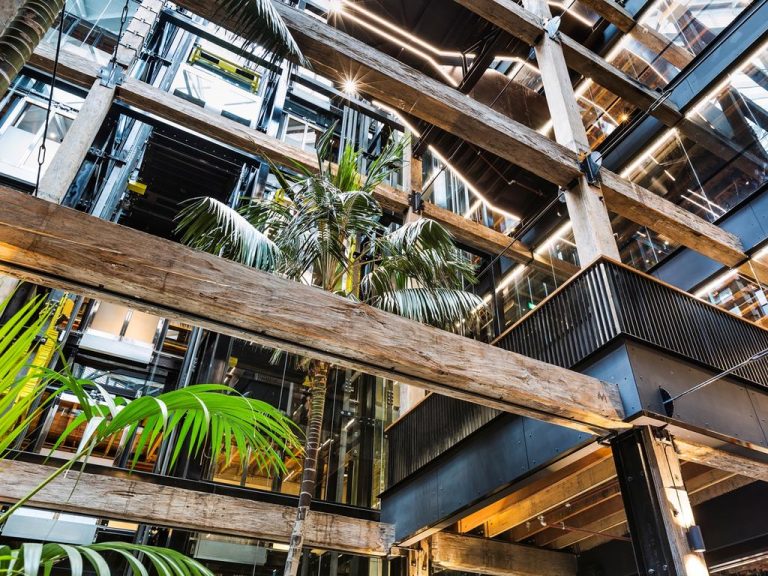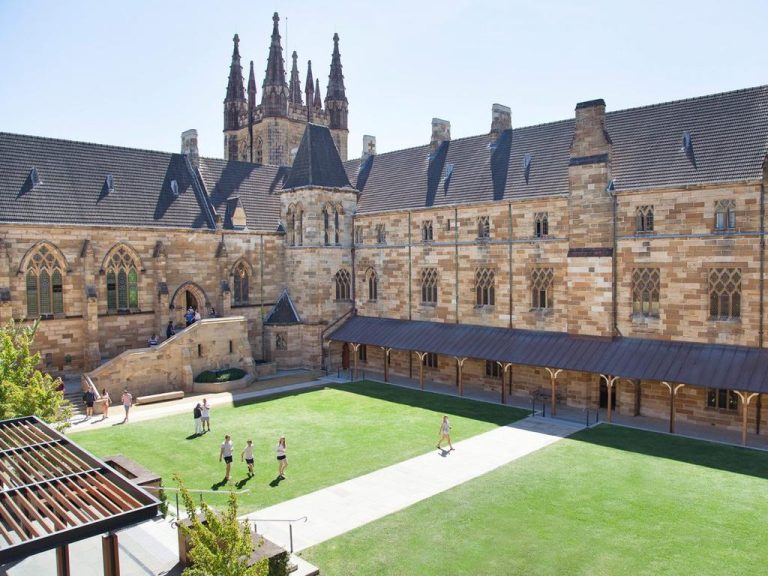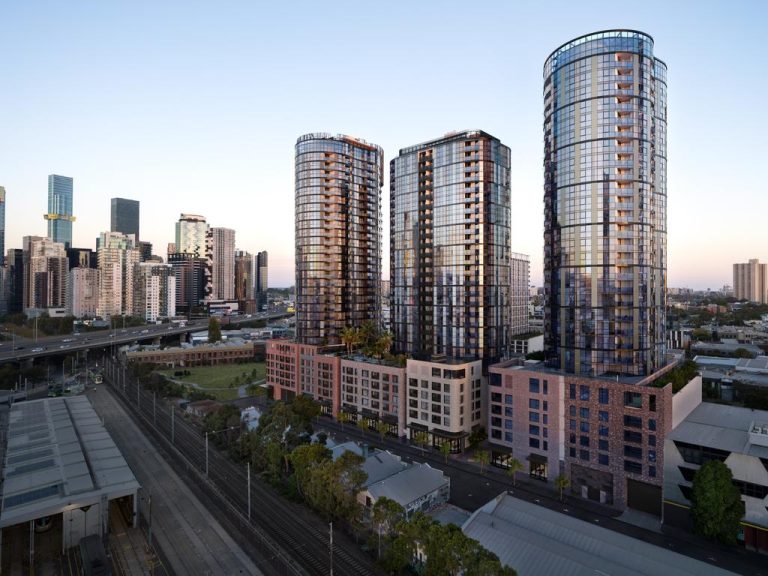Rental squeeze looms for landlords

Despite a raft of store closures the major retail landlords are still keeping occupancy levels high and seeing turnover lift, according to new research.
But if retail sales continue to grow at only low levels, there could be questions over the sustainability of rent increases, Shaw and Partners research found.
The report comes amid continued worries about the outlook for the retail sector, following Amazon’s local launch last year and a broader trend to online shopping, as well as sluggish wages growth.
Commercial Insights: Subscribe to receive the latest news and updates
But last week’s economic growth figures were a bright spot, showing an improvement in consumer spending in the final quarter of 2017 as shoppers snapped up the new iPhone and Christmas presents.
“At the portfolio level, REIT landlords are doing a pretty good job with keeping their centres occupied — especially in light of recent and expected ongoing store closures,” Shaw and Partners senior analyst Peter Zuk writes.
“Sales productivity is still generally increasing, and overall comparable net operating income growth is being achieved.”

Scentre Group has arguably the best retail portfolio in Australia, according to research.
But specialty occupancy costs are rising for most retail landlords the report covered. The rising costs, if combined with continued low sales growth, could cast doubt on the outlook for rent increases, the research says.
“Looking forward, focus will clearly be on specialty rents and the ability of landlords to generate rental growth if the challenging retail environment persists,” Zuk writes. “We do not envisage material, simultaneous rental declines across an entire portfolio — but we recognise that there is a risk of low/flat rental growth over the medium term.”
NSW was generally the strongest performer for mall owners when measured by overall sales growth and sales per square metre. Victoria was relatively strong, with Queensland a mixed bag and Western Australia the weakest state for the shopping centre landlords.
By stock, the research highlights Scentre Group as “arguably the best in class retail portfolio” and called Vicinity an “undervalued asset play”.
Concerns about Stockland’s retail portfolio are overblown, while Mirvac’s diversified business model looks attractive and GPT has a good quality portfolio, the research says.
This article originally appeared on www.theaustralian.com.au/property.







